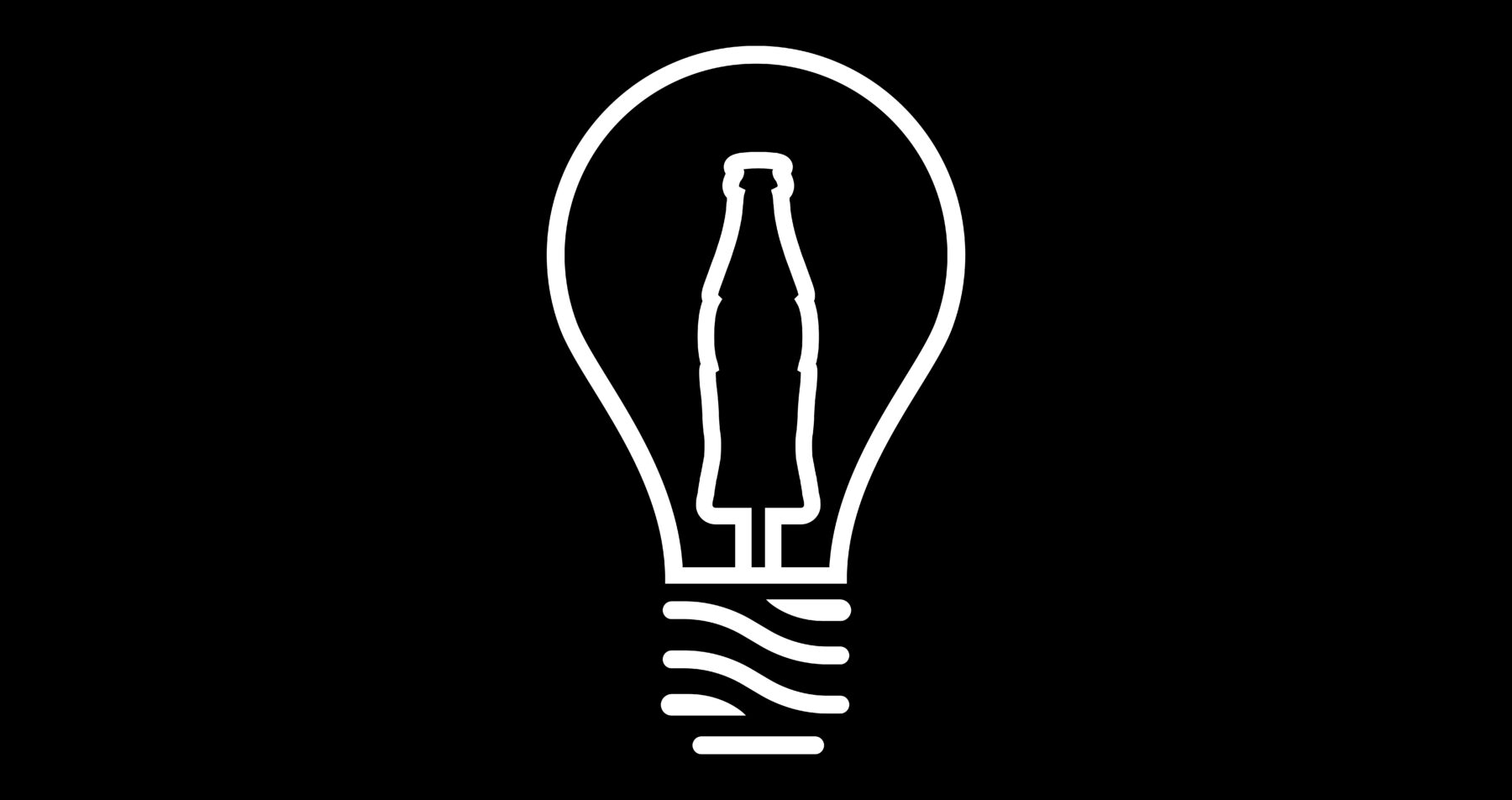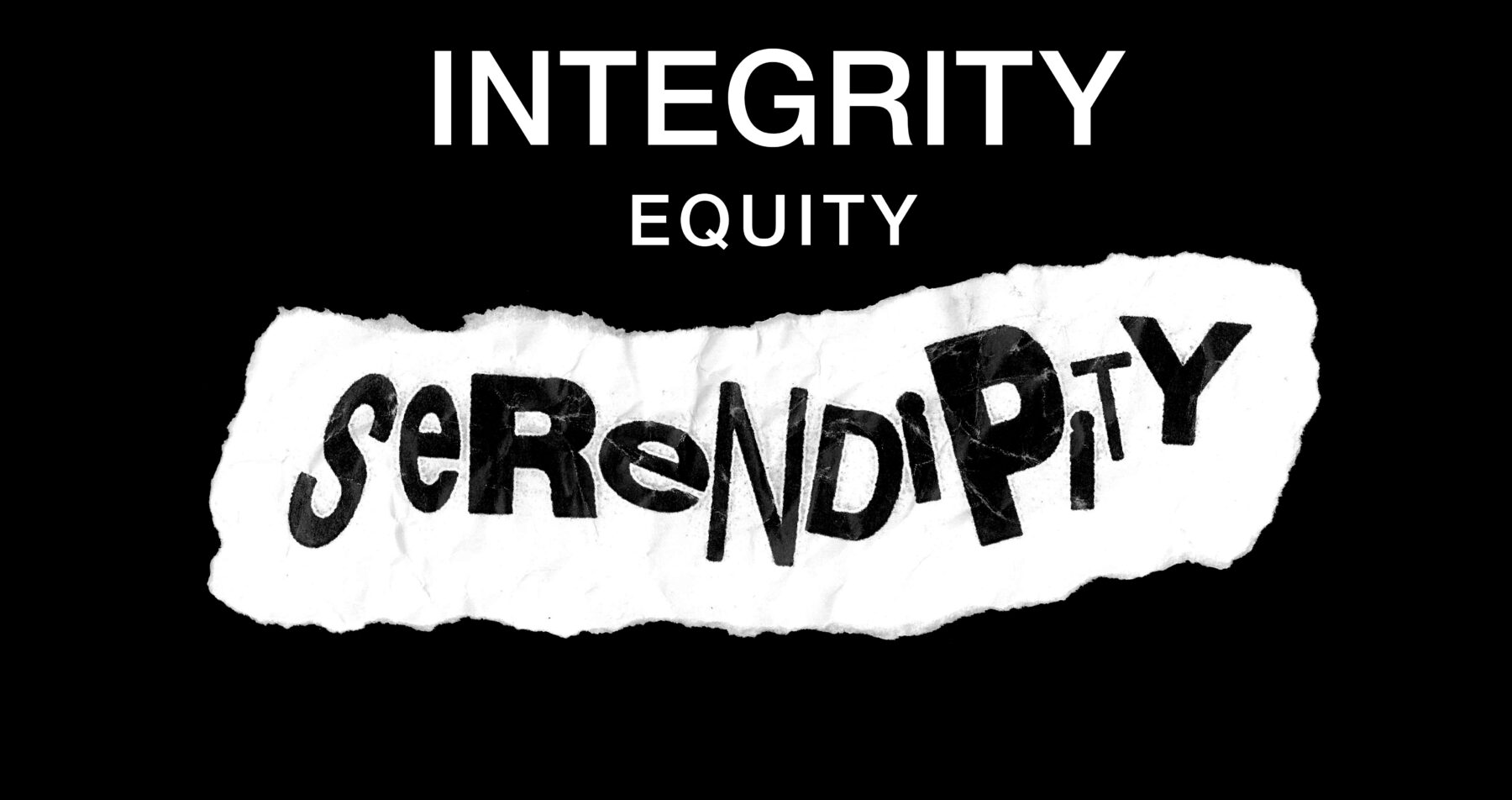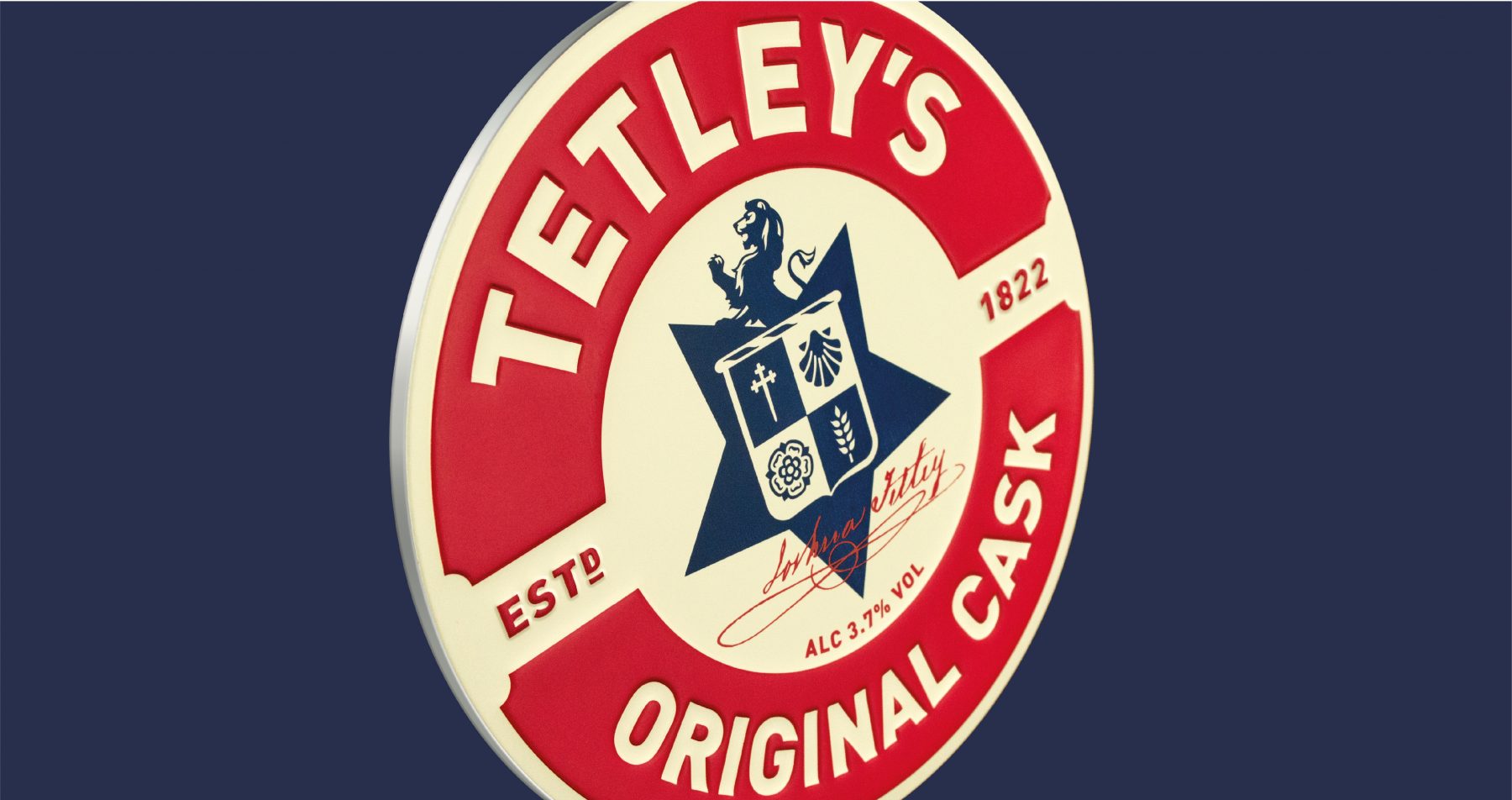Cask is the new craft
It’s back to the future for cask beer, the ‘craft’ movement has always mined our brewing heritage for inspiration and now it’s the turn of cask beer to be rediscovered.
It’s back to the future for cask beer, the ‘craft’ movement has always mined our brewing heritage for inspiration and now it’s the turn of cask beer to be rediscovered.
Craft beer drinkers seem to have an insatiable appetite for new flavours and styles. The repertoire of beers on offer appears to be inexorable and yet the traditionalists have largely ignored this and stuck to the same old brews, as if they have not been invited to the party. Which is ironic if you bear in mind that craft’s most popular beer style, India Pale Ale, was first brewed almost two centuries ago – before the invention of keg as we know it.
The lament of those traditionalists has always been about the woes of cask and how craft keg reigns supreme. This differentiation is a misconception and the reality is that any brewer can play in the craft sector, it’s all about positioning – forget the ‘grandma dancing’ scenario.
The current dilemma is exemplified on visits to this year’s GBBF and LCBF. The former, with an age profile upwards of 45 and the champion of all things cask, was happily serving ‘live craft’ keg beers. For LCBF, with an age profile largely under 45 and the exponents of all things craft, cask was also readily available. In both cases, for the large part, no one seemed to notice or differentiate between the two dispense formats. In fact, the reality is that the majority of drinkers, especially the younger generation, do not appreciate the difference between keg and cask – neither do they care, they are just there for the beer.
Cask has as much potential relevance to craft drinkers as it does for the old-school traditionalists – brewers such as Verdant, Deya and Cloudwater (to name but a few) are proof that cask, in the right style and presentation, can appeal to a contemporary audience. Even the American craft brewers (who ‘invented’ craft beer) would love to brew cask beer, if only the bars over there were set up to serve it…
From a brand strategy perspective it is all about market segmentation and targeting, which ultimately is about the type of venue where the beer is available and the profile of the consumers it attracts – the more traditional versus the contemporary. In the world of FMCG (Fast Moving Consumer Goods) we talk about category cues and semiotics – for the on-trade craft beer and traditional cask ale form their own separate categories and each has its individual language of communication and market appeal. If you saw Timothy Taylor and Dark Star on the same bar, you would have a different expectation of each beer. It’s all about being fit for market and for brewers there is every reason for them to brew contemporary, craft cask beers alongside more traditional ales, as long as they are on market.
Cask needs to lay claim to its rightful place in the world of craft beer, it already has a foothold and the opportunity is there for the taking. It’s time to embrace the moment, if you haven’t done so already, grab those hops and other flavour ingredients and brew some shout out cask IPAs (there are over 20 different styles of IPA out there, and counting…) or whatever else takes your fancy. Just make sure you get the branding right.



